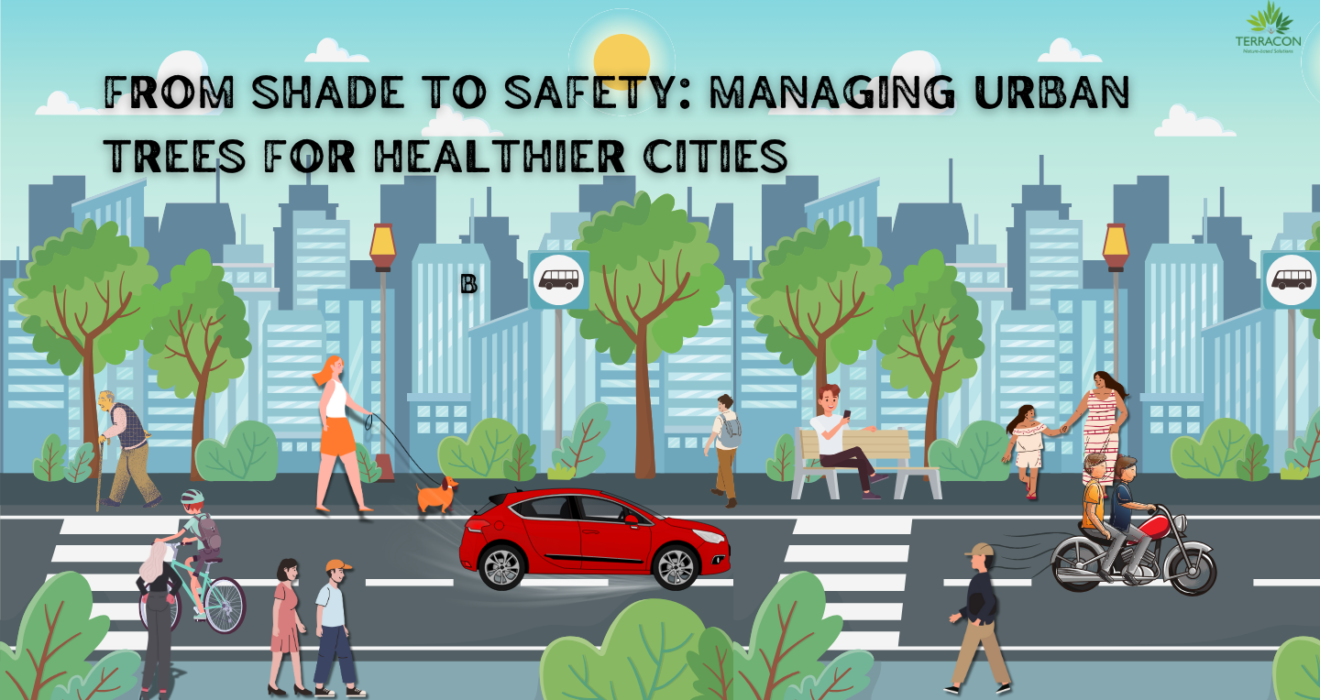Urban trees are crucial to a city’s ecosystem, offering various benefits such as shade, improved air quality, and reduced stormwater runoff. Over the past decade, their numbers have increased significantly, as highlighted by the recent tree census report from the Thane Municipal Corporation (TMC), showing a rise from 4,45,262 in 2011 to 7,22,426 in 2022. However, these same trees can become hazardous if not properly managed. Trees with weak branches or unstable root systems pose risks like injuries, fatalities, and property damage, undermining the purpose of urban green spaces. Discover the benefits of urban trees and how they contribute to public health and environmental sustainability in this insightful blog.
The risks associated with urban trees in India are concerning. To learn more about the importance of urban trees and their impact on city ecosystems. According to a study by the Indian Institute of Technology (IIT), Delhi, approximately 10,000 trees fall annually across Indian cities, leading to significant property damage, injuries, and even fatalities. Mumbai alone registers over 1,000 complaints of fallen trees each year to the Municipal Corporation of Greater Mumbai (MCGM). Beyond physical harm, hazardous trees can also cause emotional distress, anxiety, and stress among residents, especially in densely populated areas.
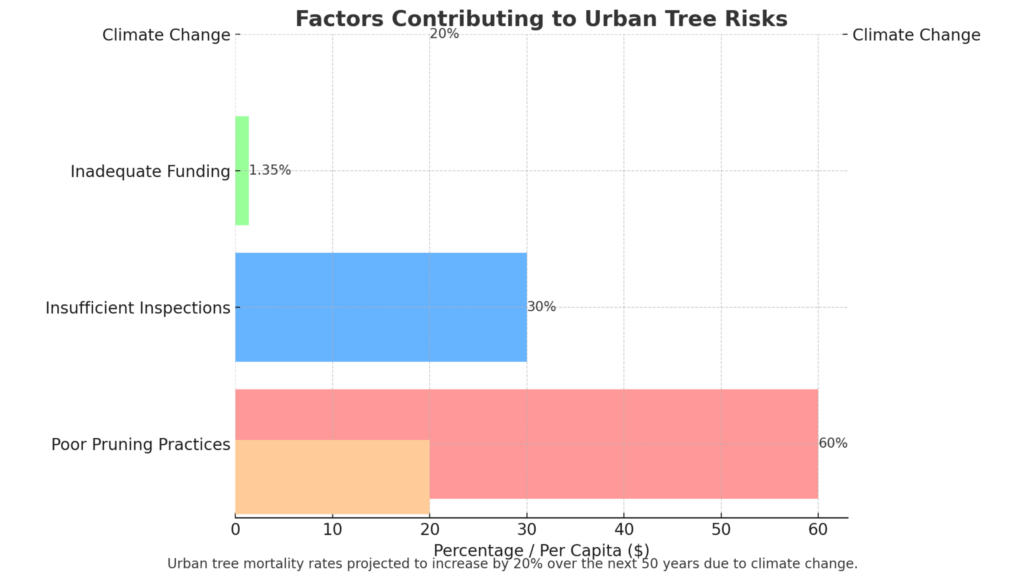
Several factors contribute to these risks. Poor tree maintenance practices, such as inadequate pruning, are responsible for weakening tree structures and causing failures (60% of tree failures result from poor pruning practices). Additionally, insufficient tree inspections and risk assessments (only 30% of cities have comprehensive tree inventories) and inadequate funding for urban forestry programs (with an average annual budget of just $1.35 per capita) further exacerbate the problem. Climate change and extreme weather events also play a role, projected to increase urban tree mortality rates by 20% over the next 50 years.
Furthermore, urban development and construction activities often damage tree roots and compromise soil stability, contributing to 70% of urban tree mortality cases. Understanding these challenges is crucial for cities to take proactive steps in mitigating tree-related hazards and ensuring citizen safety, while also preserving the myriad benefits that urban trees provide. To achieve these goals, cities in India can implement comprehensive solutions:
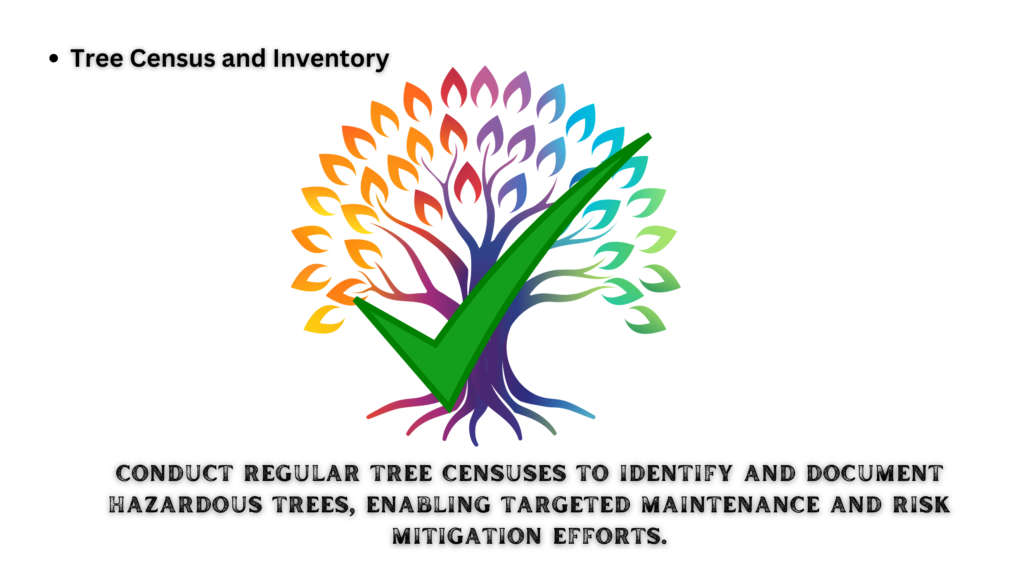
Tree Census and Inventory: Conduct regular tree censuses to identify and document hazardous trees, enabling targeted maintenance and risk mitigation efforts. For instance, the Delhi government has initiated a tree census to map and manage the city’s tree population effectively.
Proper Tree Maintenance: Implement routine pruning, trimming, and removal of hazardous trees to prevent accidents and injuries. The Municipal Corporation of Chennai, for example, has launched specific programs aimed at reducing the risk posed by fallen trees through proactive pruning.
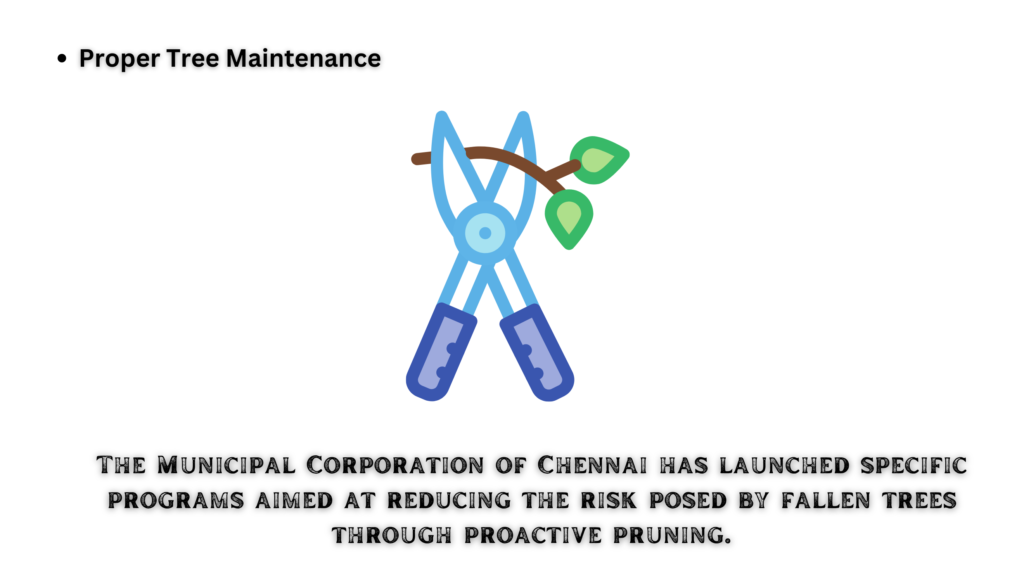
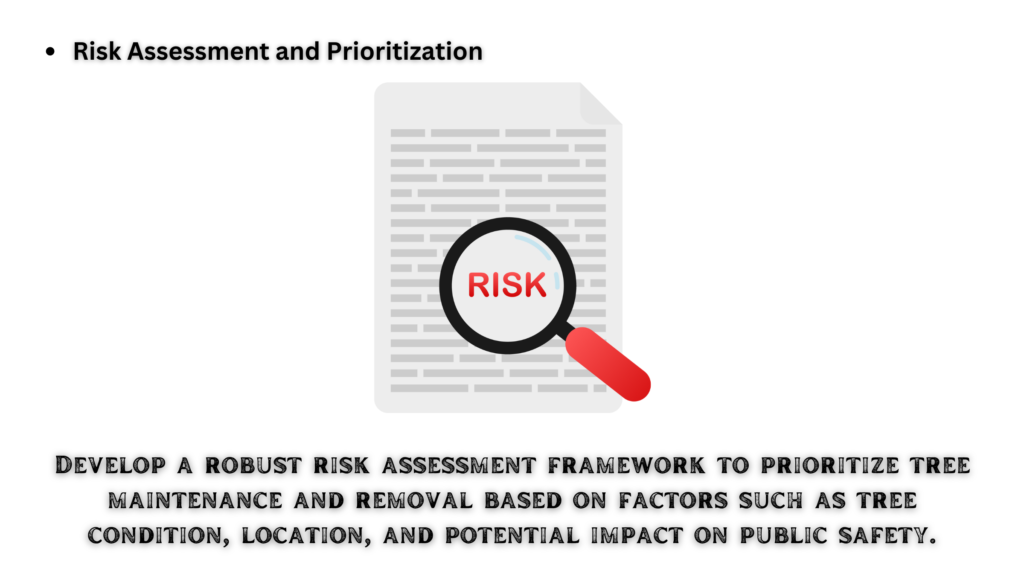
Risk Assessment and Prioritization: Develop a robust risk assessment framework to prioritize tree maintenance and removal based on factors such as tree condition, location, and potential impact on public safety.
Community Engagement and Education: Educate community members about tree safety risks and the significance of proper tree maintenance. Encourage active participation in reporting hazardous trees and engaging in urban forestry initiatives. Initiatives like the community-based tree conservation program by the Indian National Trust for Art and Cultural Heritage (INTACH) exemplify effective community engagement strategies.
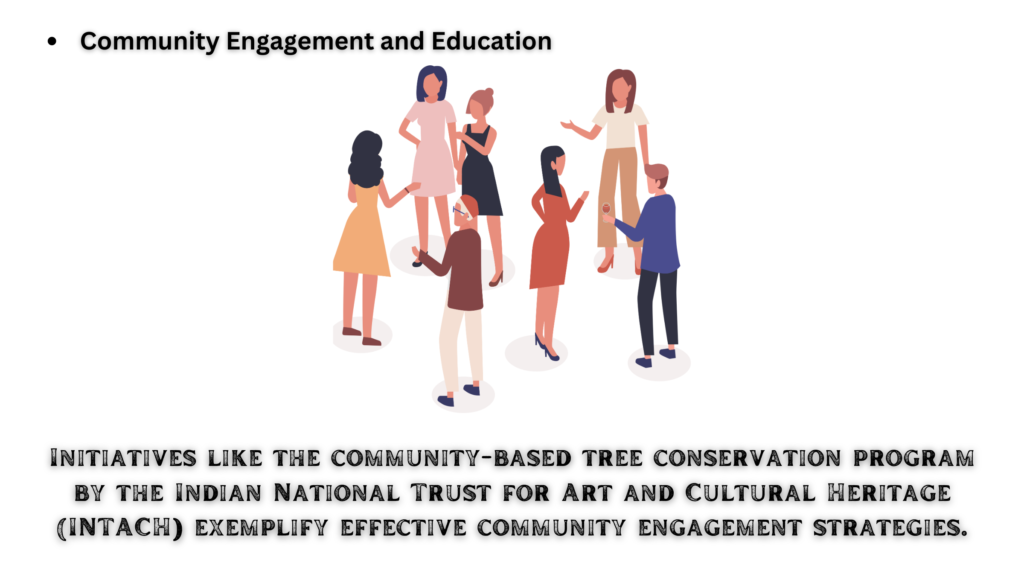
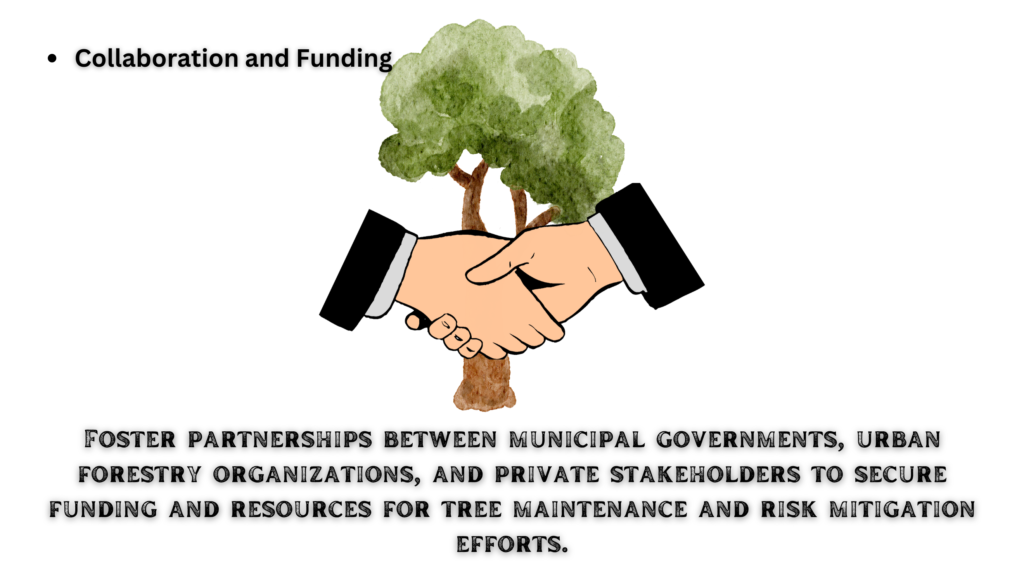
Collaboration and Funding: Foster partnerships between municipal governments, urban forestry organizations, and private stakeholders to secure funding and resources for tree maintenance and risk mitigation efforts. The Ministry of Environment, Forest and Climate Change has launched various initiatives aimed at promoting urban forestry and green spaces across Indian cities.
Urban Planning and Design: Integrate tree safety considerations into urban planning and design processes. Ensure that green spaces are designed with safety in mind, and trees are planted in appropriate locations. The urban planning framework developed by the Indian Institute of Technology (IIT) incorporates these critical tree safety considerations into city planning practice
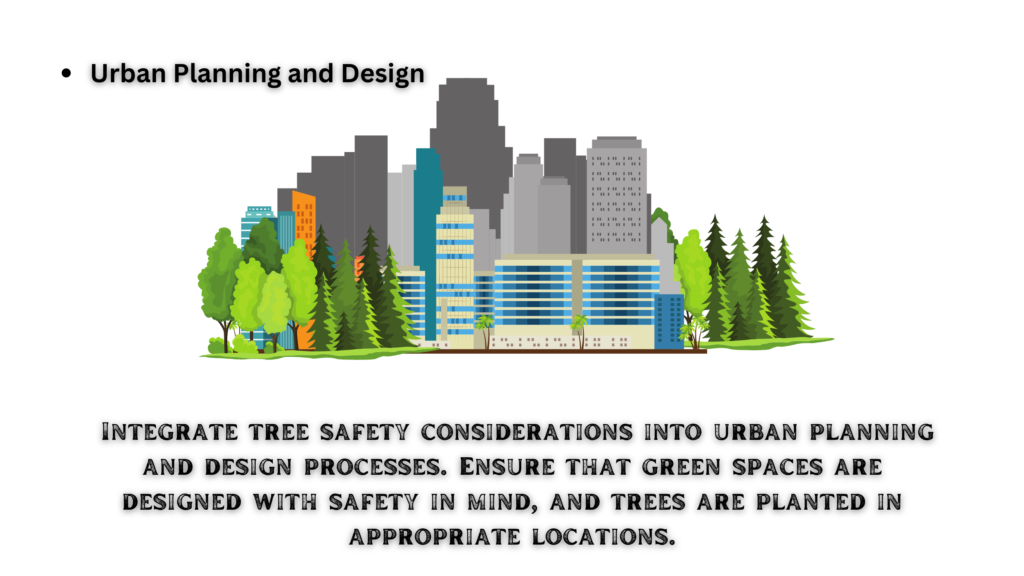
As India’s cities grow, green spaces are becoming increasingly important for environmental and public health. Urban trees, in particular, play a vital role in supporting these goals.
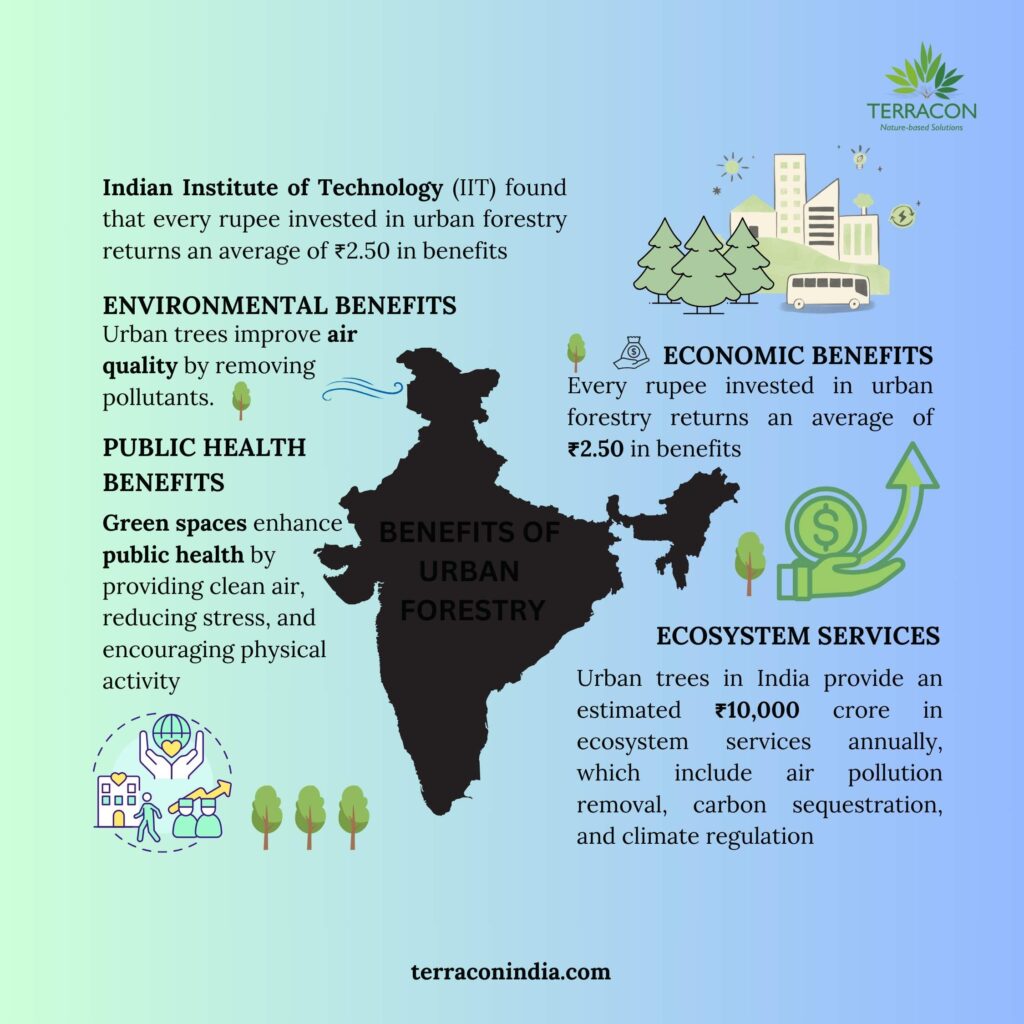
The benefits of urban trees are undeniable in India. A study by the Indian Institute of Technology (IIT) found that every rupee invested in urban forestry returns an average of ₹2.50 in benefits, including improved air quality, reduced stormwater runoff, and enhanced public health. According to the Ministry of Environment, Forest and Climate Change, urban trees in India provide an estimated ₹10,000 crore in ecosystem services annually, including air pollution removal, carbon sequestration, and climate regulation.
Conclusion
As India’s cities continue to grow and urbanize, it is crucial to recognize the importance of urban trees in supporting public health, environmental sustainability, and citizen safety. While the benefits of urban trees are undeniable, their potential risks cannot be ignored. By understanding the factors contributing to hazardous trees and implementing comprehensive solutions, cities in India can mitigate tree-related hazards and ensure citizen safety.
It is time for cities to take a proactive approach to urban forestry management, prioritizing tree safety and risk mitigation efforts. By working together, we can create safer, healthier, and more sustainable urban environments that harness the full potential of urban trees.
The Future of Urban Forestry in India
Let us envision a future where Indian cities are adorned with thriving, well-maintained trees that provide shade, clean air, and a sense of community. A future where citizens can walk safely under the canopy of urban trees, without fear of injury or harm. A future where urban forestry is integrated into city planning, and tree safety is a top priority.
Together, we can make this vision a reality.

Written by
Anjeeta Goud
Team Business Development and Strategy
Terracon Ecotech
Refernce :
https://iopscience.iop.org/article/10.1088/2752-5295/ac6e7d
https://pib.gov.in/PressReleaseIframePage.aspx?PRID=1919582
https://forest.delhi.gov.in/sites/default/files/generic_multiple_files/delhi_s_forest_at_a_glance.pdf
https://chandigarhforest.gov.in/wp-content/uploads/2023/12/Pruning-Brochure-3.pdf
https://www.sciencedirect.com/science/article/pii/S1618866721001242
https://www.hindustantimes.com/cities/mumbai-news/in-thane-city-tree-count-up-by-62-25-in-last-decade-tmc-census-report-101649339158710.html?utm_source=admitad&utm_medium=442763_3Cef5YYTPKPijLWWBbPdXzgVy52aotZAHyqGpiCdVTB7vK&utm_campaign=c7f1461074721493a4cfb61636c37743&tagtag_uid=c7f1461074721493a4cfb61636c37743
http://naturalheritage.intach.org/
https://thecityfix.com/blog/trees-cities-implementing-nature-based-solutions-india/

